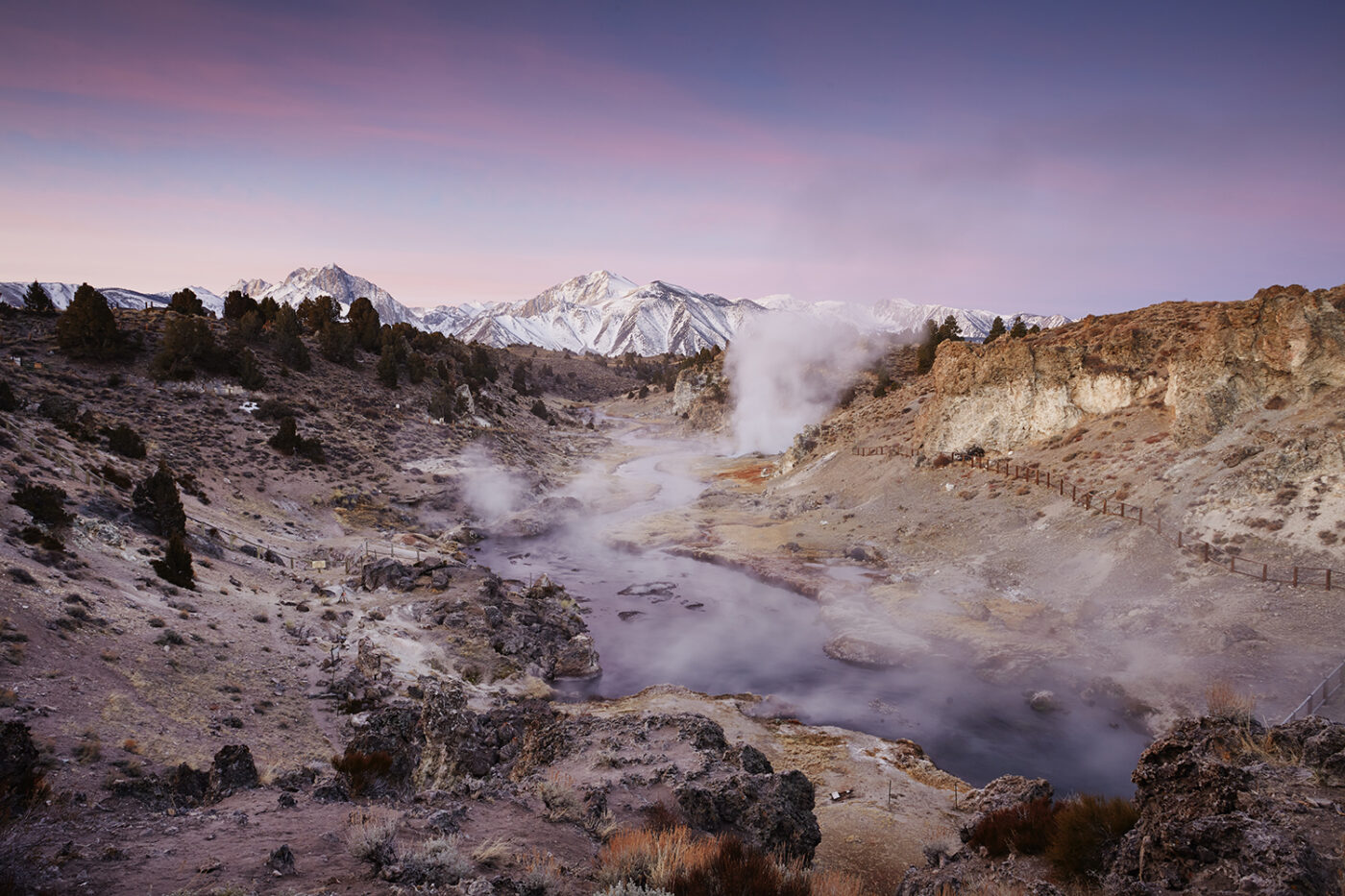
Five ways to streamline geothermal deployment in California
California’s electricity demand is projected to rise sharply over the coming decades due to building and transportation electrification, an increase in extreme weather events, and growth in energy-intensive sectors like data centers. Meeting this demand reliably, affordably, and without increasing emissions will require a diverse mix of clean energy resources.
Geothermal energy provides zero-carbon, always-available electricity that can complement solar and wind to help balance the grid and support reliability. California has enormous geothermal potential and a strong clean energy policy foundation, but progress is being held back by regulatory uncertainty, slow permitting, and lack of a cohesive geothermal development strategy.
A new report from Clean Air Task Force identifies five key actions California policymakers can take to unlock the full value of geothermal energy and build a cleaner, more resilient grid.
1. Establish a statewide strategic plan for geothermal energy
California has not yet developed a coordinated, long-term strategy for geothermal development. The state has not assessed its full geothermal potential or identified priority development zones to guide infrastructure investment. Current planning processes rely on short-term procurement targets that can shift over time, which can leave developers uncertain about transmission access or the ability to attract offtakers.
To begin to address these issues, California can build on models like its Offshore Wind Energy Strategic Plan or the U.S. Department of Energy’s Pathways to Commercial Liftoff report to create a roadmap that identifies high-potential geothermal zones, aligns interagency efforts, and provides clear market signals. A statewide geothermal development plan—grounded in a full resource assessment and supported by longer-term planning horizons—would help identify where geothermal is most viable, guide transmission investments, and create market certainty.
2. Streamline permitting and environmental review processes
Permitting geothermal projects in California remains a lengthy and complex process that poses a major barrier to deployment. Developers must engage with numerous state and local agencies, many of which are unfamiliar with next-generation geothermal technologies and are often under-resourced. Environmental review also adds significant uncertainty and time to project timelines, particularly because it can be triggered at multiple stages of a single project.
California can take steps to reduce duplication, improve interagency coordination, and clarify roles and responsibilities. Adopting recommendations from the CEC’s SB 423 report can help streamline permitting. Expanding eligibility for the AB 205 Opt-in Certification Program to include smaller geothermal projects could provide developers with a more predictable process. A permitting guidebook tailored to the geothermal industry would also help standardize expectations and improve transparency.
3. Modernize outdated regulations for geothermal wells
Next-generation geothermal relies on advanced drilling techniques, but California’s current geothermal well regulations were written decades ago for conventional hydrothermal projects. Requirements like outdated monitoring methods and conventional drilling assumptions add unnecessary barriers and confusion.
Moving forward with CalGEM’s 2022 draft regulations would update geothermal well regulations and better align them with modern industry practices. A modernized regulatory framework that accounts for techniques used in enhanced geothermal systems and closed-loop technologies will also provide clearer guidance and help unlock next-generation geothermal development while ensuring environmental and safety protections.
4. Improve interconnection access and reflect the full value of geothermal
Geothermal projects face unpredictable interconnection timelines and high upgrade costs. Current frameworks for determining resource adequacy do not always reflect the year-round value of geothermal, which can operate around the clock and contribute during both summer and winter peaks.
To address this, California should evaluate whether the current deliverability structure appropriately reflects the system value of clean firm resources. Reforms that account for year-round reliability contributions and reduce uncertainty in grid access could lower development risk and support investment in geothermal projects.
5. Strengthen funding support and align procurement mandates with project needs
Next-generation geothermal projects face high upfront costs and long development timelines that deter investment. While California has grant programs that support geothermal, the funding amounts are relatively small and inconsistent. There is also a lack of dedicated tools to finance pre-development activities like permitting or exploratory drilling.
California can improve funding by increasing grant amounts and offering more predictable support. The state should also consider broader financing tools for early-phase development, such as establishing a clean energy infrastructure financing fund to offer low-interest loans or credit enhancements that reduce risk and attract private investment. Expanding clean firm procurement mandates and aligning solicitation timelines with real-world project development needs would further improve market certainty. In parallel, successful implementation of the Department of Water Resources’ central procurement entity for energy resources, including geothermal, can enhance clarity, improve staffing, and strengthen market coordination.
A valuable part of a zero-carbon California
Geothermal energy can play a pivotal role in California’s clean energy transition by providing zero-carbon power that is available around the clock. But without targeted action to streamline development, the state risks leaving valuable resources untapped.
By establishing a statewide strategy, fixing permitting bottlenecks, modernizing regulations, and improving grid access, California can put geothermal on a path to scale—supporting climate goals, reliability, and clean energy jobs across the state.




